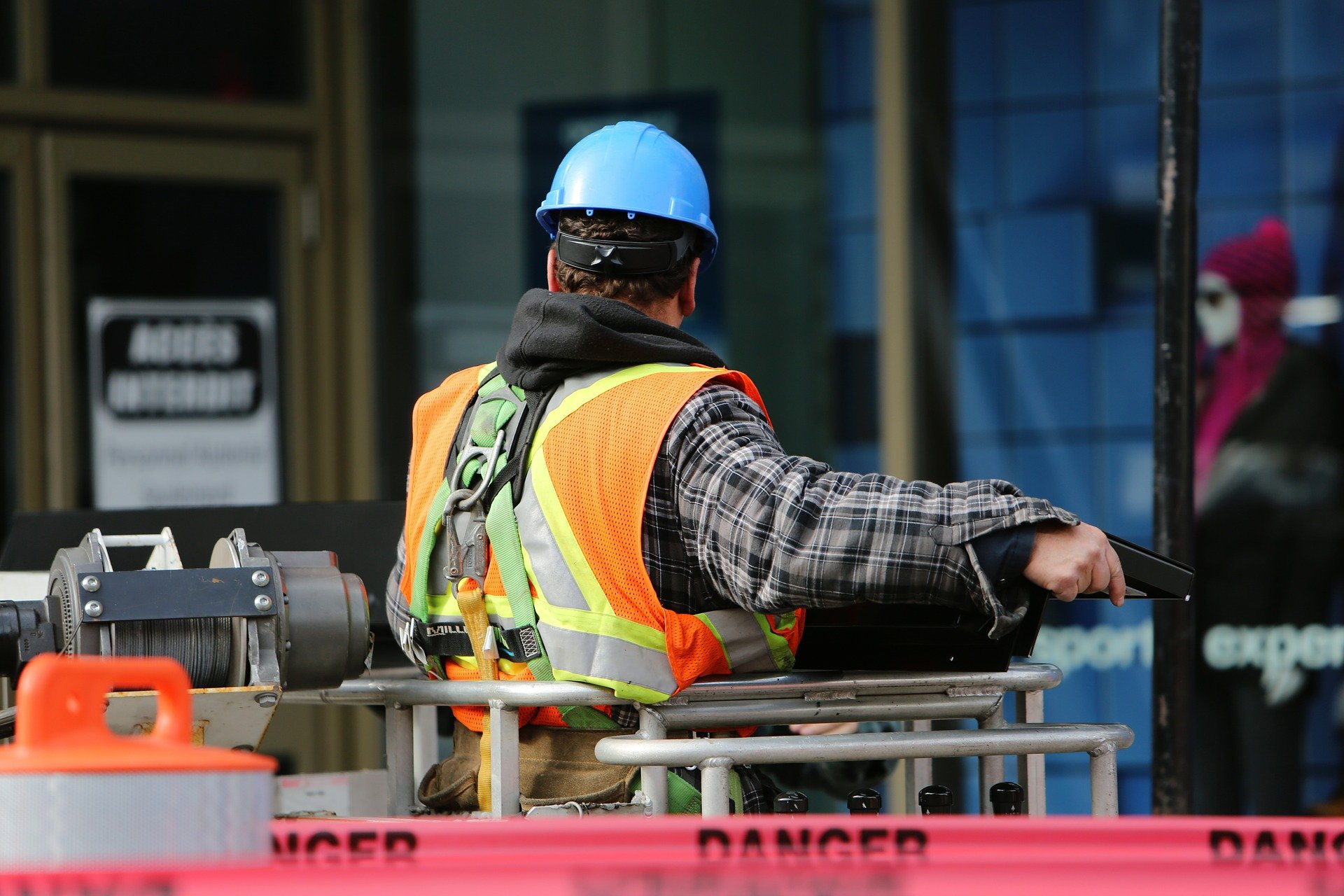
The Site Supervision Training Scheme is a highly regarded Health & Safety training course which is accredited by the Construction Industry Training Board (CITB). It’s designed to promote the best Health & Safety workplace practices to those already in a supervisory role or are soon-to-be supervisors.
Whether you’re progressing into a permanent supervisory role, accepting temporary supervisory responsibilities on a construction site, or you simply just need to refresh your training, an SSSTS course is fundamental for your development. The scheme is designed to help you:
Construction can be risky. SSSTS courses cover the specific hazards that can be found on construction sites. Some of these include:
SSSTS provides a solid grounding in UK Health & Safety law, with a focus on the key legislation relevant to construction supervisors.
There is also an emphasis on the supervisor’s legal responsibilities. These include:
SSSTS helps supervisors understand their role within the wider health and safety management system on a construction site. This includes:
SSSTS provides practical training on essential safety documentation and communication tools:
The course covers the supervisor’s crucial role in proactively addressing unsafe behavior, these include:
By covering these areas, the SSSTS empowers supervisors to effectively manage Health and Safety on construction sites, contributing to a safer working environment for everyone.

The SSSTS course covers all supervisory responsibilities you would expect to take on in your new or current role such as:
The course is made up of both written and practical work. You could be required to participate in group work and individual work.
The SSSTS course is designed to be interactive, engaging, and relevant to your everyday work as a construction supervisor. Here is a breakdown of how the course is structured:
The SSSTS is delivered over two consecutive days, either in a classroom setting or online via an online meeting platform. Online courses offer flexibility and convenience, covering the same content as face-to-face courses with a CITB-qualified instructor.
Refresher courses are offered to maintain your certification. You’ll need to take a one-day refresher course every five years.
The assessment involves a 22-question multiple-choice exam. You’ll also answer three short written questions. Four of the questions are designated as “safety-critical,” and you must answer all of these correctly to pass. The SSSTS exam pass mark is 80%.
If you don’t pass on the first attempt, you can usually re-sit the exam on the same day. If you fail the re-sit, you can enroll for a reassessment within 90 days of the original course date for an additional fee.
The course is designed to be accessible and engaging, with a focus on practical application. CITB-qualified instructors lead the courses, providing support and guidance throughout. The aim is to deliver training that is relevant to your work and easy to understand for all!
Upon passing the exam, you’ll receive a CITB SSSTS certificate valid for five years. The certification can be renewed by attending a one-day refresher course every 5 years.

The cost of an SSSTS course can vary depending on the training provider and location. Typically, prices range from £250 to £300. For example, the Smas Worksafe online SSSTS course is currently priced at £280.
You may be eligible for funding support through the CITB levy. The CITB offers grants to help construction companies with training costs. The amount of grant you can receive depends on the CITB levy tier your company falls into.
For an SSSTS course, the CITB grant can be up to £70. This means you could pay as little as £210 for the course:
To claim your CITB grant, simply provide your CITB registration number or your delegate’s learning number when you book the course. As a CITB-approved training organisation, we’ll handle the paperwork for you.
NB – Grants are paid directly by the CITB to your organisation so please make sure you’ve provided them with the correct bank details using this form.
Once you’ve completed the course, you’ll have a well-rounded understanding of how to manage a construction site safely, compliantly, and effectively. It’s also important that business owners make sure any Site Supervisor has the relevant SSSTS qualification to help maintain high standards when it comes to Health & Safety.
Accidents and injuries can not only be life changing for individuals but be costly to a business. Staff who have taken the SSSTS qualification will have demonstrated their commitment to site safety and will understand its ongoing importance.

A CSCS card (Construction Skills Certification Scheme card) is a widely recognised identification card in the UK construction industry. It provides proof that individuals working on construction sites have the required training and qualifications for the job.
Think of it as a construction site passport. It shows employers that you have the necessary skills and knowledge to work safely and competently. Different types of CSCS cards exist for various occupations and skill levels, ensuring that workers are qualified for the tasks they undertake.
So do you still need a CSCS card if you have an SSSTS certification? Yes, you still need a valid CSCS card to work on a construction site, even if you have an SSSTS qualification.
To obtain a CSCS card, you will need to complete a relevant occupational NVQ at a level high enough to the card you wish to achieve. You can add your SSSTS qualification to your current CSCS card to show you hold additional qualification.
As one of the UK’s leading providers for Health & Safety assessments, we hold a strong reputation with accrediting bodies so we can confidently support our consultants with their professional growth.
All of our trainers are CITB qualified and hold years of experience in delivering the SSSTS course so you can rest assured your development is in good hands. Our SSSTS course is carried out remotely, so you won’t have the hassle or expense of attending a face-to-face lesson and you’ll benefit from a smaller group environment allowing you to access the trainer more easily.
If you want to find out more about what our SSSTS course has to offer or you’re ready to book a place, head to our dedicated training page or call our team on 01752 280183 and they’ll be happy to help.
